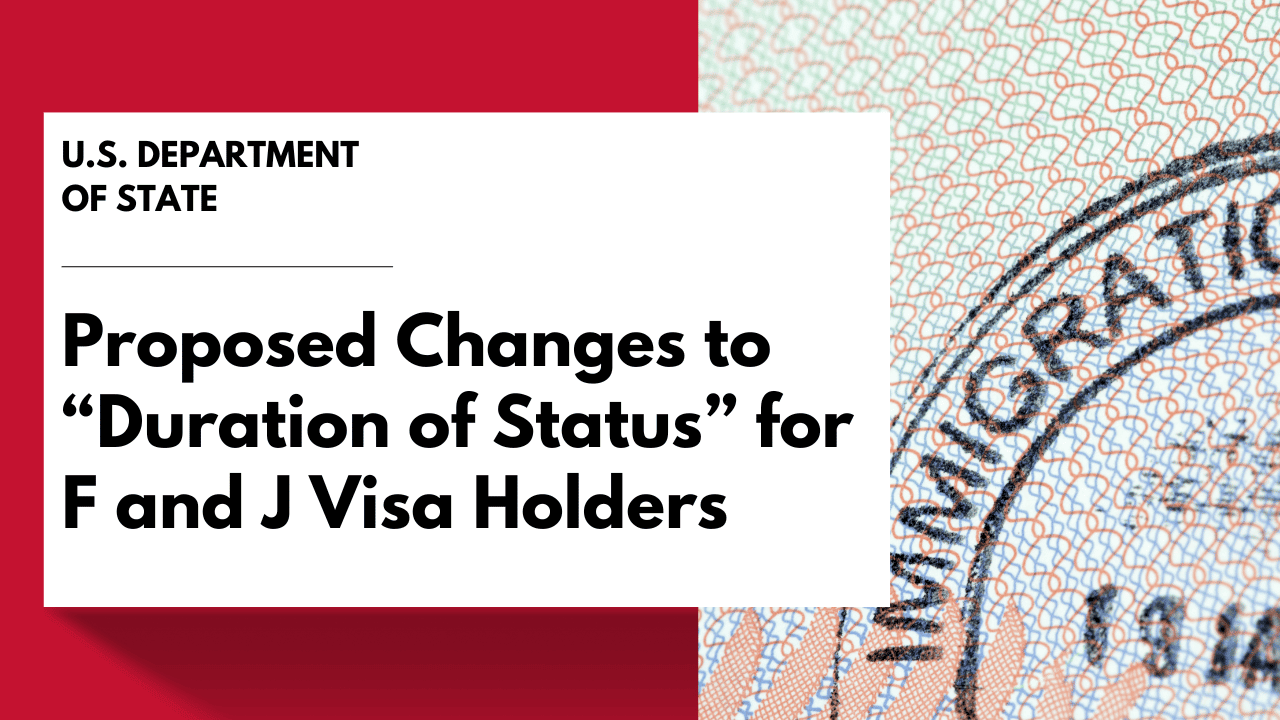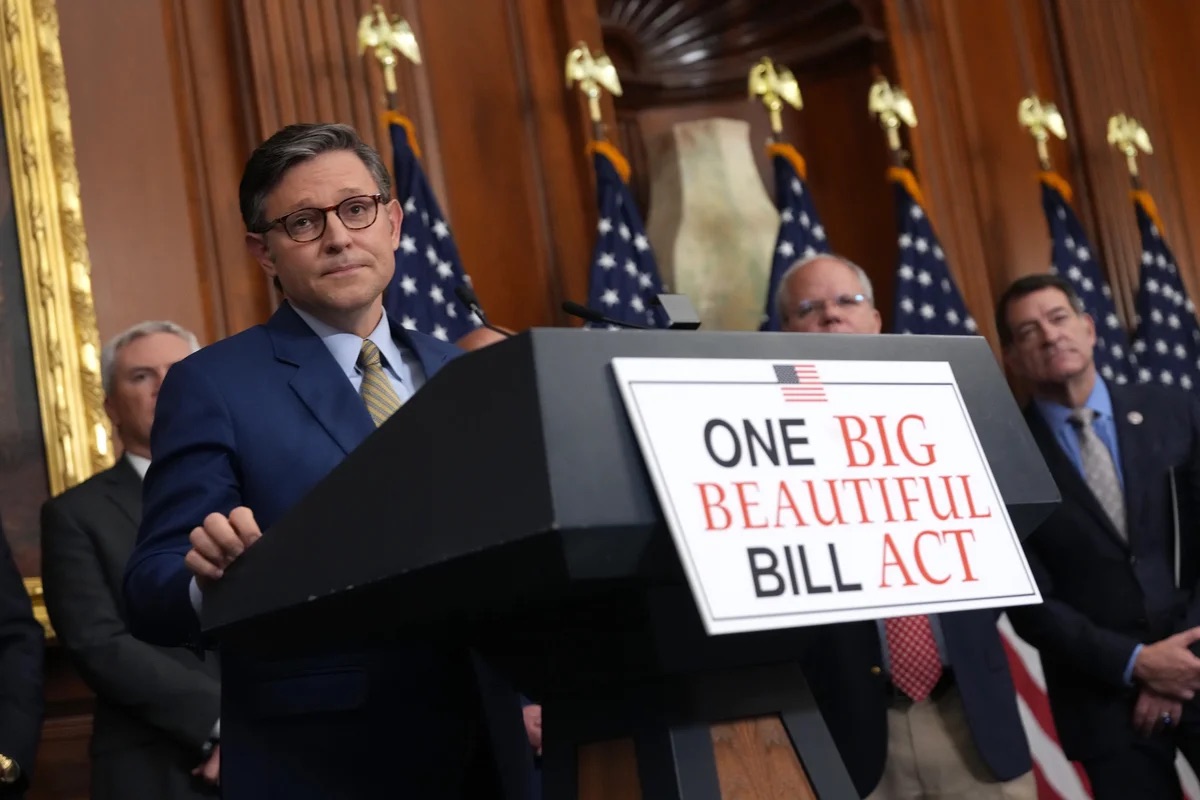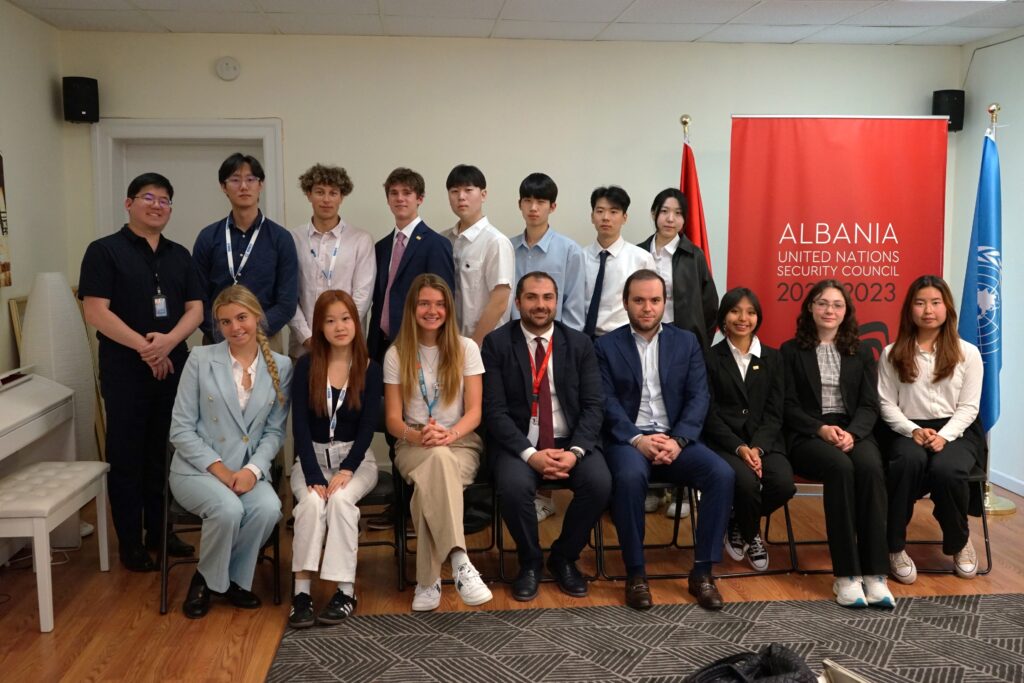Last updated: Nov 1, 2025 (Asia/Tokyo). This article summarizes a proposed DHS Last updated: Nov 1, 2025 (Asia/Tokyo). This blog post summarizes a proposed DHS rule—not a final regulation yet.
On August 28, 2025, the U.S. Department of Homeland Security (DHS) published a proposed rule that would replace the long-standing “Duration of Status (D/S)” system for F-1 (students) and J-1 (exchange visitors) with fixed admission periods. Comments on the rule were invited via the Federal Register docket. Nothing has changed yet the current D/S framework still applies until a final rule (if any) is issued.
What is being proposed?
- End of “Duration of Status (D/S)”
Today, most F-1/J-1 visitors are admitted for as long as they maintain status. DHS proposes switching to fixed stays tied to the program end date, not to exceed four years in most cases (shorter for certain categories like some language study). - Shorter “grace period” after completion
DHS proposes reducing the typical F-1 60-day grace period to 30 days (which aligns with current J rules). - Formal extensions through USCIS
If additional time is needed (to finish a degree, transition, etc.), students would file an extension with USCIS (e.g., Form I-539), potentially with fees and biometrics. - Other procedural limits under discussion
Several university and legal advisories summarize added constraints (e.g., on program or level changes); details could change before any final rule.
What is the status today?
- It’s a proposal (NPRM), not a final rule. The Federal Register lists the docket, proposal text, and public comments; D/S remains in effect for current students.
- Comment windows: NAFSA notes the primary comment deadline for the rule text Sept 29, 2025, and a later date Oct 27, 2025 for impacted forms. Agencies and associations filed feedback urging caution or changes.
Why this matters (if finalized)
- Planning & timelines: Fixed admission periods mean students should map realistic degree timelines (especially for longer programs) and build in time for OPT/Academic Training.
- Administrative steps: Extensions would move from school-level maintenance to USCIS filings, adding cost, paperwork, and processing time.
- Grace period: A potential 30-day window compresses post-study logistics (moving, status changes, or departure).
- Sector impact: Higher-ed and advocacy groups warn the shift could deter applicants and add complexity; news outlets and associations have tracked those concerns.
What should students and families do now?
- Don’t panic—D/S is still in place. Keep following the current rules while DHS reviews comments.
- Rely on official sources. Check the Federal Register posting and your university’s international office advisories for updates; NAFSA maintains explainers.
- Plan ahead. If you expect multi-year programs or OPT/STEM OPT, discuss timeline scenarios with your DSO so you’re ready for different outcomes.
- Watch for final text. Proposals can change; any final rule will include an effective date and transition guidance.
Quick FAQ
Is this rule in effect right now?
No. It’s only proposed. Current students continue under D/S until a final rule (if any) is published and effective.
What’s the proposed maximum stay?
Generally up to four years, or the program end date—whichever comes first. Some categories (e.g., certain language programs) may be up to two years.
What happens after graduation under the proposal?
The grace period would be 30 days (instead of 60 for F-1 today). OPT/AT planning would need earlier, tighter coordination if the rule is finalized.
How would I extend my stay?
You’d apply to USCIS (e.g., Form I-539) and may need to pay fees and provide biometrics, per the proposal.
Where can I read the source?
The Federal Register proposal and docket are public; NAFSA, Cornell, and Yale OISS provide plain-language summaries.
How Stanley Prep Can Help
At Stanley Prep, we closely monitor developments from the U.S. Department of Homeland Security (DHS), the Department of State, and major international education networks.
Our goal is to keep students, families, and partner schools informed with accurate, timely updates — not speculation.
If the proposed rule becomes final, we’ll release a clear step-by-step guide explaining:
- What changes will actually take effect
- How current students can prepare or adjust timelines
- What the new rules mean for future applicants
Until then, the current Duration of Status (D/S) system remains unchanged, and international students can continue their studies in the U.S. under existing visa conditions.
We encourage all students and parents to:
- Stay calm, stay informed, and rely on official updates from DHS, NAFSA, and your school’s international office.
- Keep your documents current and communicate regularly with your designated school official (DSO).
- Remember that Stanley Prep is here to guide you through every change in the study-abroad landscape.
Stay calm, stay informed, and rely on official updates from DHS, NAFSA, and your school’s international office.
Keep your documents current and communicate regularly with your designated school official (DSO).
Final Thoughts
The proposed U.S. student visa policy change for 2025 is an important topic — but not yet a reality. While the rule may reshape how international students manage their stay in the future, no immediate action is required right now.
By understanding what’s being discussed, you’re already ahead of the curve.
And when the final decision is made, Stanley Prep will make sure you know exactly what it means — and how to move forward with confidence.





